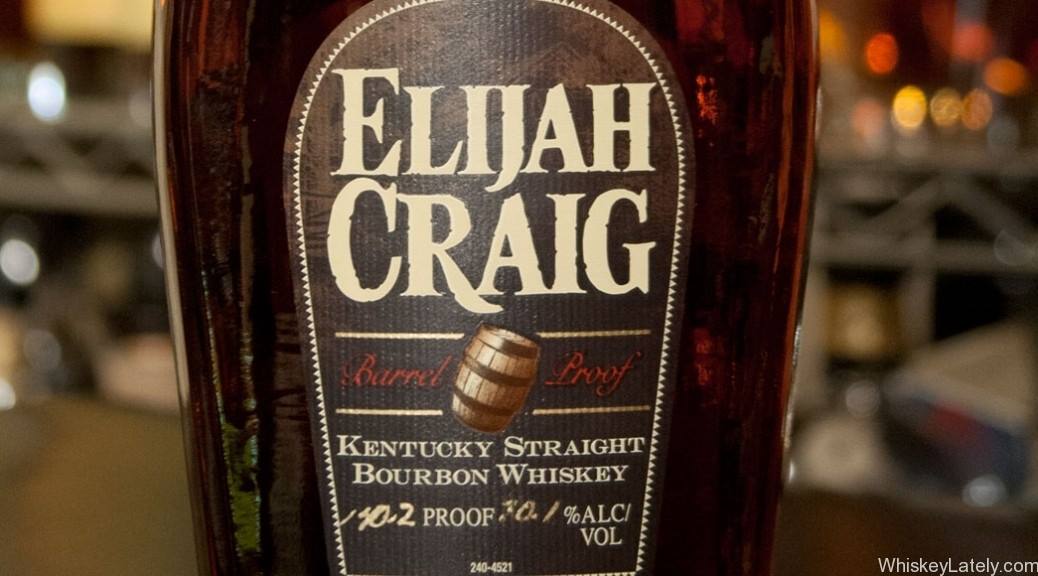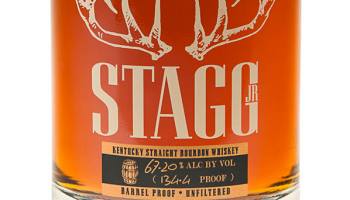Is cask strength whiskey the best whiskey?
Seems like a question most people you’d ask would answer “Yes!” to right away. There’s quite a bit to consider here, however.
The vast majority of whiskey bottled by distillers is watered down to 40% abv/ 80 proof. Legally to be called whiskey, you have to be at least 80 proof. (There is an allowance of three tenths of a degree for loss of proof during bottling, but anything lower than that must be labeled “diluted whiskey”.) Whiskeys go into a cask/barrel at no more than 125 proof, so most cask strengths are going to be near that (60-65% alcohol) when bottled. Barrels, depending on where they are stored in a warehouse, may loose alcohol (or water) and volume to the angel’s share which alters their original barreling proof when they are dumped.
The term “cask strength” originated in Scotch whiskey production. Special cask strength bottlings began being released for exceptional barrels by distillers. It was a way to highlight exceptional whiskeys. Usually, in the United States, we prefer the word barrel instead of cask. American whiskeys are called barrel strength or barrel proof. The term “cask strength” is borrowed from scotch. One of the first barrel strength releases in the U.S. was by Jim Beam in the early 90’s- Booker’s. Since then, the popularity of high proof whiskeys has shot up, and, due to consumer demand, there are lots of new barrel proof versions of old favorites. (Maker’s Mark Cask Strength, Elijah Craig Barrel Proof, E.H.Taylor Barrel Proof, Stagg Jr., etc.)
Bottling at cask strength/barrel proof is not ideal for producers because you have less volume to sell when you don’t add water. It does, however, allow for different flavor profiles to be discovered in a whiskey. Now let me stress this- water is MEANT to be added to cask strength whiskeys. The idea is to allow the buyer the ability to determine their own preference in ABV(alcohol by volume) by giving them the option of diluting whiskey directly from the barrel to their own specifications. This is where the whiskey geek comes in.
Here is the formula for reaching specific ABV levels-
The formula is Wi * ((bP/dP)-1) = Wa
Wi = amount of whiskey
bP = bottle proof
dP = desired proof
Wa = amount of water to add to achieve desired proof
Any whiskey over 100 proof will damage your sensory receptors. It takes about a half hour to recover. I like a burn as much as the next drinker, but I am also interested in opening up potentials in a cask strength bottling. This isn’t about being tough enough to handle a high ABV. Losing your ability to taste and smell will not improve your drinking experience.
Adding a few drops, to start, can open up scents and flavors in a whiskey by agitating the molecules in the solution. Different water sources can have different flavors, so I suggest adding room temperature bottled or filtered water (Brita?). As the water and alcohol combine (you will notice the viscous swirl effect) exothermic reactions are taking place and volatile aromas are being released. Lowering the alcohol content will also allow your senses to work better in both nosing and tasting. The addition of water and the dropping of the alcohol strength also creates a cooling effect on the tongue and makes us more receptive to salty and fruity tastes, rather than sweet and spicy. Using your whole tongue when tasting whiskey is important when you want to taste those nuanced flavors.
Adding ice actually locks in aroma and suppresses flavors in dropping the temperature so drastically. But it does make it feel good going down:)

